
April 08, 2024
Introduction The development of Yoga Apparel into the twenty-first century reflects major shifts in practice technology and sustainability. Activewear manufacturers for startups have been at the forefront of this evolution, adopting and inventing environmentally safe materials and ergonomic designs that anticipate the needs of yogis as they change with time. This movement from conventional cotton ensembles to high-performance, eco-friendly clothes shows an awareness of the essence of yoga and yogis preferences. Traditional Yoga Attire: A Glimpse into the Past! Tradition is reflected in roots of attire within Yoga apparel. Practitioners in ancient times wore plain, oversized garments made from cotton. These garments were similar to dhotis and saris, which did not restrict movement or air circulation. Despite diversity, modern iterations still prioritize comfort and interchangeability. Now, textiles combine natural and artificial fibers to improve the fabrics’ durability as well as moisture control. Significantly, fitness clothing features elastic waistbands and flat seams that avoid the distractions while still ensuring comfort during poses. Globalization's Influence: Fusion of East and West! Cultural Integration East-West meld in Yoga apparel is spotlighting globalization's tapestry. Traditional motifs blend with Western cuts, creating hybrid designs. These garments, infused with cultural emblems, showcase a global dialogue. Materials like Indian silk meet tech fabrics, offering both heritage and performance. Sizes and styles expand, reflecting diverse body norms and inclusivity. This fusion, a testament to cultural respect and exchange, enriches the Yoga community, offering wearers a world fabric in their practice. Fashion Synthesis Yoga wears, once plain, now mirrors fashion's dynamism. Designers interweave functionality with trendy aesthetics; birthing attire fit fitness for mats and streets. The synthesis sees high-waisted leggings, crop tops, and layered pieces, all bearing yoga's ethos yet styled for urban appeal. Collaborations between yoga brands and fashion houses further this trend, making Yoga apparel a statement of personal style, beyond the studio's confines. Fabric Innovations The fabric innovation is the core of Yoga apparel. Products that are engineered for stretch, breathability and moisture wicking change practice. Sustainable features such as UV protection and bio-based fibers appeal to the environmentally conscious yogis. Compression zones of leggings improve performance, while moq women seamless production decreases rubbing. These innovations based in scientific research enhance the wearer’s experience, fusing comfort with sustainability. Design Evolution The design of yoga apparel has changed from simple to complex. Simple initial products have been replaced by ergonomic designs reflecting body mapping and kinetics. These designs feature movement enhancement and support, paying extra attention to details such as ventilated p...
Read More
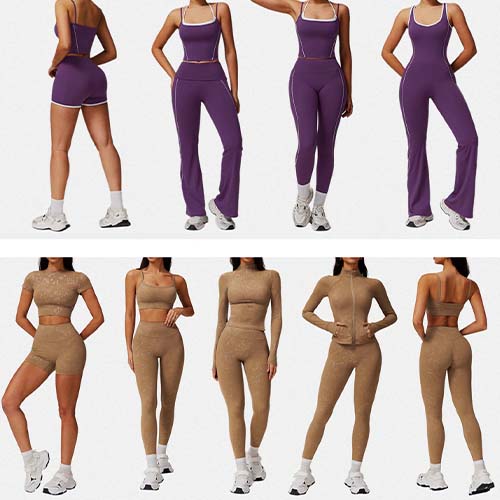
 January 14, 2025
January 14, 2025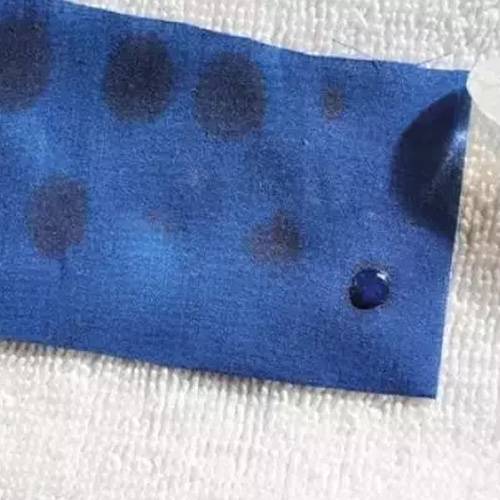
 December 27, 2024
December 27, 2024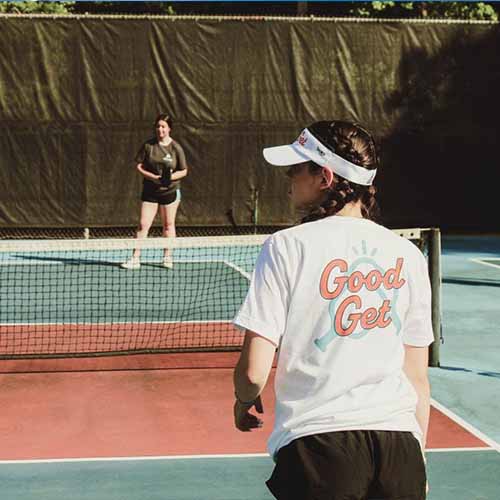
 September 25, 2024
September 25, 2024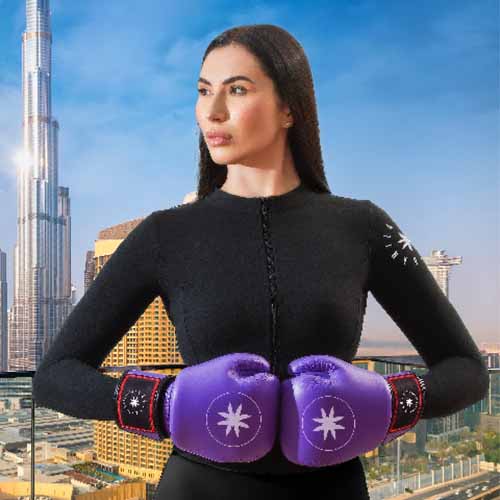
 September 23, 2024
September 23, 2024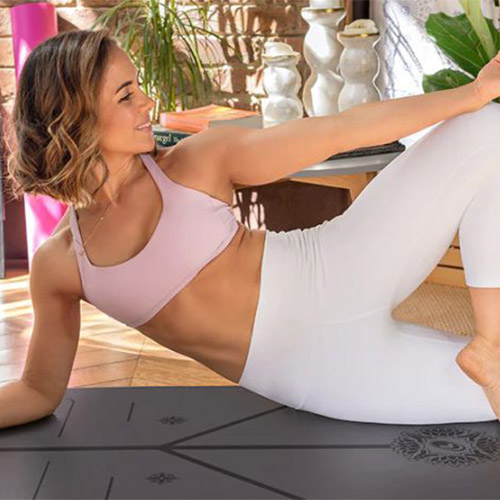
 April 08, 2024
April 08, 2024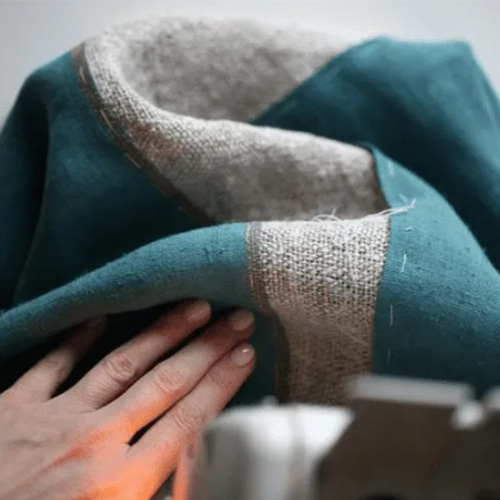
 April 02, 2024
April 02, 2024